Lamiophlomis rotata
Lamiophlomis rotata
1. The products in our compound library are selected from thousands of unique natural products; 2. It has the characteristics of diverse structure, diverse sources and wide coverage of activities; 3. Provide information on the activity of products from major journals, patents and research reports around the world, providing theoretical direction and research basis for further research and screening; 4. Free combination according to the type, source, target and disease of natural product; 5. The compound powder is placed in a covered tube and then discharged into a 10 x 10 cryostat; 6. Transport in ice pack or dry ice pack. Please store it at -20 °C as soon as possible after receiving the product, and use it as soon as possible after opening.
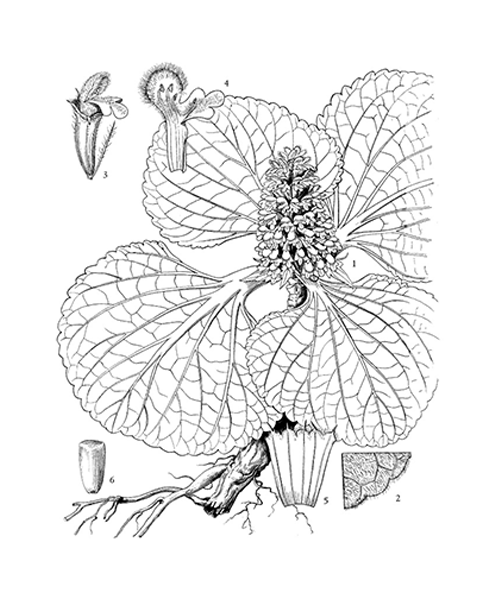
Natural products/compounds from Lamiophlomis rotata
- Cat.No. Product Name CAS Number COA
-
BCN5966
Salidroside10338-51-9
Instructions
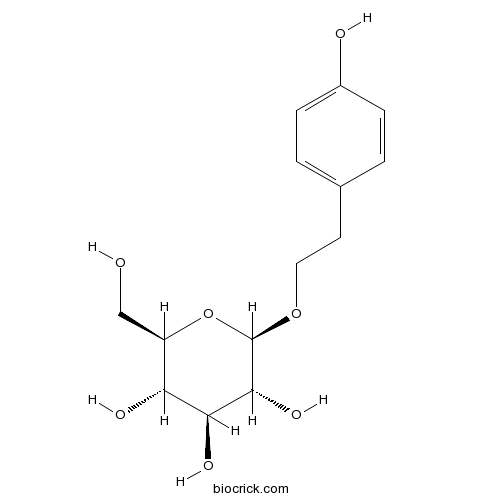
-
BCN6051
Sesamoside117479-87-5
Instructions
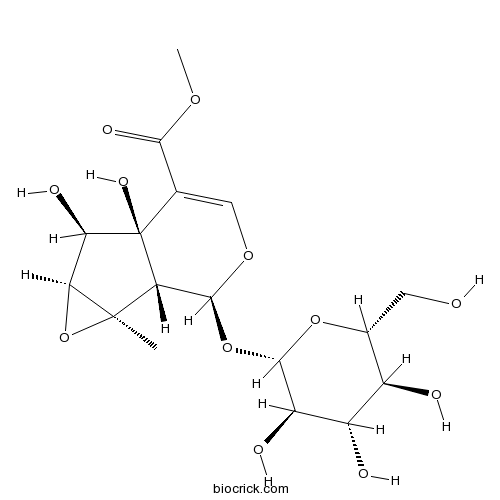
-
BCN1153
Loganin18524-94-2
Instructions
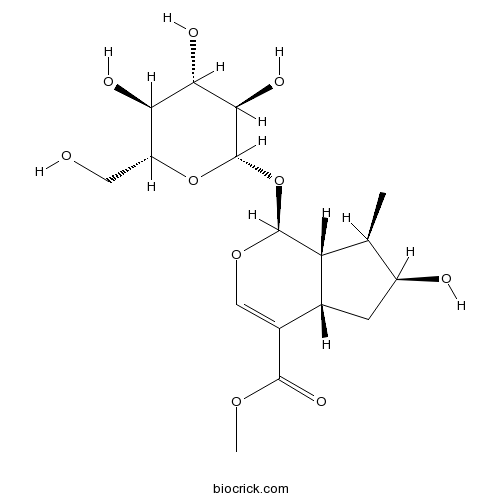
-
BCN4909
Gentiopicroside20831-76-9
Instructions
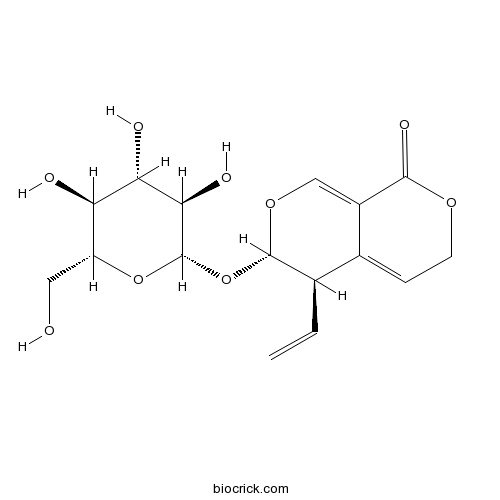
-
BCN5388
Luteolin-7-O-glucoside5373-11-5
Instructions

-
BCN5776
8-O-Acetylshanzhiside methyl ester57420-46-9
Instructions
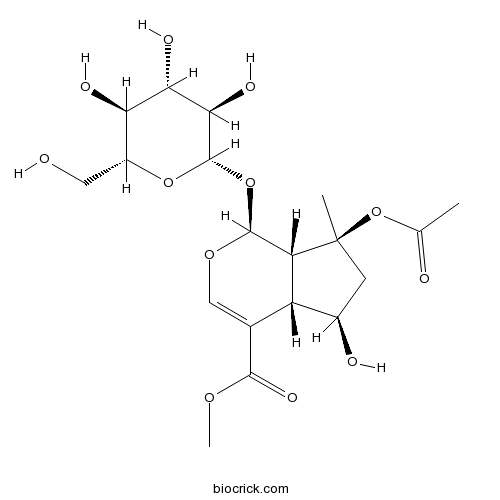
-
BCN4136
Acteoside61276-17-3
Instructions

-
BCN4187
Shanzhiside methylester64421-28-9
Instructions
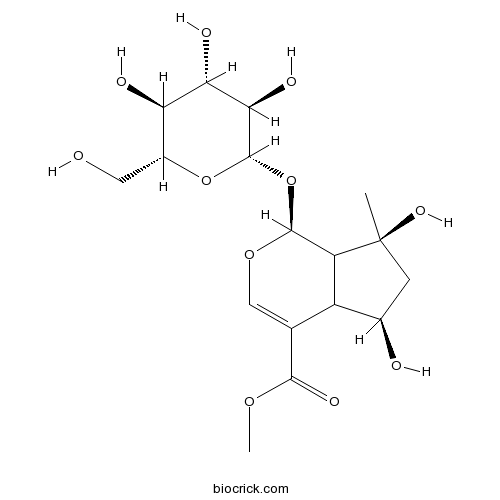
-
BCN1205
Forsythoside B81525-13-5
Instructions
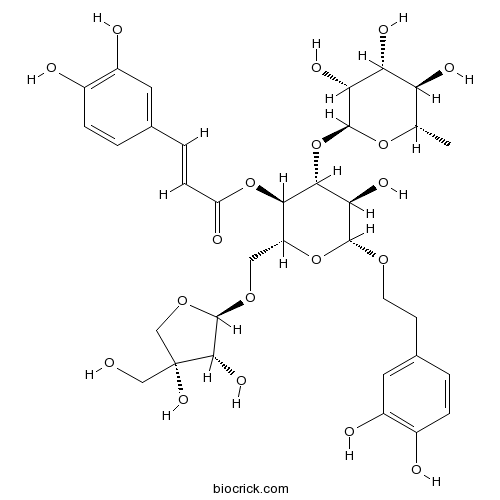
[Diverse Solvent Effect on Extraction of Chemical Components from Lamiophlomis rotate].[Pubmed: 30088888]
To investigate the diverse solvent effect on extraction of chemical components from Lamiophlomis rotata.
Acute and sub-chronic toxicological studies of the iridoid glycosides extract of Lamiophlomis rotata (Benth.) Kudo in rats.[Pubmed: 29287802]
Lamiophlomis rotata(Benth.) Kudo is widely used in traditional Chinese medicine and its iridoid glycosides extract (IGLR) was the main active ingredient with hemostatic, antinociceptive and anti-inflammatory effects. This study was aimed to evaluate the safety of IGLR using acute and sub-chronic toxicity study methods on Sprague-Dawley rats. In acute toxicity test, IGLR caused slight diarrhea in three dose groups and a decreased of RBC and increased of MCH and Ret (P < .05) were observed in 16 g/kg group. In sub-chronic toxicity study, unscheduled deaths occurred in 1 and 3 rats at 0.40 and 1.00 g/kg groups, respectively. A slight diarrhea was observed in 1.00 g/kg group. Hemolytic anemia was the main toxicity effects of IGLR found in 0.40 and 1.00 g/kg groups, with a significant decrease of RBC, HGB (P < .05) and increase of Ret, MCV, MCH (P < .05) in hematological parameters, a significant decrease of ALT, Crea (P < .05) and increase of TBIL (P < .05) in biochemical parameters, and a significant increase of the percentage of rubricyte, normoblast (P < .05) in bone marrow. Overall, this study found IGLR has a potential toxicity considering with hemolytic anemia and diarrhea to rat. These results provide an important reference for further IGLR-related drug exploration.
Target and non-target identification of chemical components in Lamiophlomis rotata by liquid chromatography/quadrupole time-of-flight mass spectrometry using a three-step protocol.[Pubmed: 27470976]
As a herbal plant used in traditional Chinese medicine, Lamiophlomis rotata (Benth.) Kudo mainly displays its pharmacological effect by promoting blood circulation and hemostasis, dispelling wind, and acting as an analgesic. To identify the components contained in L. rotata, global detection and structural elucidation of both target and non-target components in the medicinal material was performed.
A new anti-fibrinolytic hemostatic compound 8-O-acetyl shanzhiside methylester extracted from Lamiophlomis rotata.[Pubmed: 27085939]
Fibrinolysis prevents blood clots from growing and becoming problematic. Antifibrinolytics are used as inhibitors of fibrinolysis. Aprotinin was doubted after identification of major side effects, especially on kidney. Lysine analogues has their own defects and whether they are adequate substitutes for aprotinin is still under doubt. Lamiophlomis rotata (Benth.) Kudo. was previous found to have hemostatic activity. But the active compound in L. rotata and its hemostatic mechanism were unknown.
Simultaneous determination of shanzhiside methyl ester, 8-O-acetylshan- zhiside methyl ester and luteolin-7-O-β-D-glucopyranoside in rat plasma by ultra performance liquid chromatography-tandem mass spectrometry and its application to a pharmacokinetic study after oral administration of Lamiophlomis rotata Pill.[Pubmed: 27023158]
A rapid, sensitive and specific ultra performance liquid chromatography-tandem mass spectrometry (UPLC-MS/MS) method for the quantification of shanzhiside methyl ester, 8-O-acetylshanzhiside methyl ester and luteolin-7-O-β-D-glucopyranoside of Lamiophlomis rotata Pill in rat plasma was developed and validated. After liquid-liquid extraction with n-butyl alcohol/ethyl acetate (70:30, v/v), analytes and paeoniflorin (internal standard, IS) were separated on an Acquity BEH UPLC C18 column (100 × 2.1 mm, 1.7 μm) with gradient elution at a flow rate of 0.2 mL/min. All calibration curves had good linearity (r>0.9929) over the concentration ranges of 1-1000 ng/mL for shanzhiside methyl ester and 8-O-acetylshanzhiside methyl ester, 0.3-150 ng/mL for luteolin-7-O-β-D-glucopyranoside. The intra- and inter-day precisions were all within 11.1% and the accuracy (relative error, RE%) all ranged from -13.6% to 5.3%. The method also guaranteed an acceptable selectivity, recovery and stability, which was successfully applied to a pharmacokinetic study of the three analytes in rats after oral administration of Lamiophlomis rotata Pill.
Roles of H2S in adaptation of alpine plants Lamiophlomis rotata to altitude gradients.[Pubmed: 26786014]
Hydrogen sulfide (H2S) is an important gaseous transmitter in organisims. It widespreads in the organs and tissues of animals and participates in the biological process of cardiovascular relaxation, cell apoptosis and protection, inflammation and neuromodulation. H2S also can be synthesized in plants system and is involved in stress responses and the biological process of growth and development. This review describes the synthesis and biological function of H2S in plants. Based on our research for the adaptation of Lamiophlomis rotata to different altitude gradients, we firstly proposed H2S plays an important role in the adaptation of Lamiophlomis rotata to alpine environment.
Multi-components determination by single reference standard and HPLC fingerprint analysis for Lamiophlomis rotata Pill.[Pubmed: 26595778]
A validated HPLC method was developed to evaluate the quality of Lamiophlomis rotata Pill combining the multi-components analysis by single reference standard with HPLC fingerprint analysis. Five bioactive components (shanzhiside methyl ester, loganin, 8-O-acetylshanzhiside methyl ester, forsythoside B and luteolin-7-O-β-D-glucopyranoside) were selected as markers to control the quality of L. rotata Pill. The results revealed that the chromatographic fingerprint method coupled with multi-components analysis provides an effective and feasible way to determine the components in L. rotata Pill.


